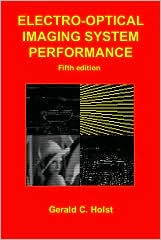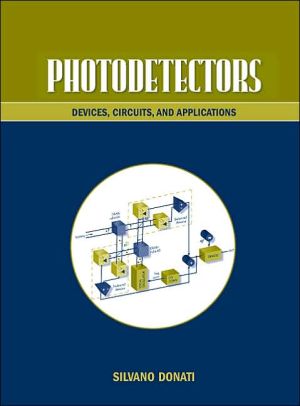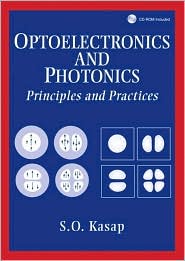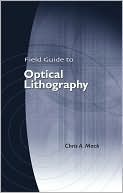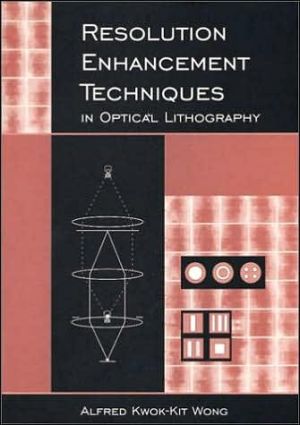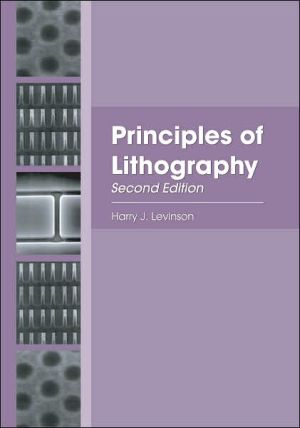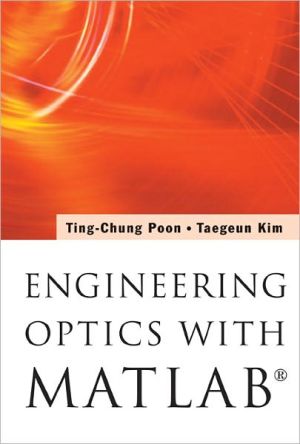Electro-Optical Imaging System Performance, Fifth Edition
Most of the equations apply to all electro-optical imaging systems (hence the name of this book). The primary difference is how the target/background signature is described:delta T for the infrared and by reflectivities in the visible and near infrared regions. The methodology used in the Night Vision Thermal Imaging Systems Performance Model (NVTherm) also applies to performance predictions of visible and near infrared sensors (Chapter 19). The new models are: Solid State Cameras (SSCAM),...
Search in google:
Most of the equations apply to all electro-optical imaging systems (hence the name of this book). The primary difference is how the target/background signature is described:delta T for the infrared and by reflectivities in the visible and near infrared regions. The methodology used in the Night Vision Thermal Imaging Systems Performance Model (NVTherm) also applies to performance predictions of visible and near infrared sensors (Chapter 19). The new models are: Solid State Cameras (SSCAM), Image Intensifiers MRC (IIMRC), and Image Intensified Charge Coupled Devices (IICCD). The material in most chapters is the same. Where appropriate, clarifications have been supplied. Up-to-date references (1999 to 2002) have been added. The Preface to the First Edition and Preface to the Second Edition (Abridged) immediately follow this preface. This edition discusses the visible, near infrared, and infrared models. NVTherm now incorporates atmospheric turbulence, prediction of the National Imagery Interpretability Rating Scale (NIIRS), and slant path atmospheric transmission calculated by MODTRAN. Based upon numerous recognition and identification experiments, various squeeze factors were evaluated. As a result, the MTF squeeze factor changed over the last few years (Chapter 14). Target/background mean temperature and standard deviations are used to produce a modified delta-T (Chapter 17). Booknews Holst provides methods to analyze and optimize electro-optical imaging systems (electronic still cameras, image intensifiers, infrared imaging systems, TVs, night vision goggles, etc.) used in aerospace, airborne reconnaissance, astronomy, medical imaging, remote sensing, robotics, and spectroscopy. This highly technical, end-to-end system analysis publication also contains a practical guide to electro-optical system design. The second edition has been rearranged, partially rewritten, and augmented with material on infrared imaging systems (FLIRs). The book is co-published by SPIE under a different ISBN: 0-8194-3701-8. Annotation c. Book News, Inc., Portland, OR (booknews.com)
\ BooknewsHolst provides methods to analyze and optimize electro-optical imaging systems (electronic still cameras, image intensifiers, infrared imaging systems, TVs, night vision goggles, etc.) used in aerospace, airborne reconnaissance, astronomy, medical imaging, remote sensing, robotics, and spectroscopy. This highly technical, end-to-end system analysis publication also contains a practical guide to electro-optical system design. The second edition has been rearranged, partially rewritten, and augmented with material on infrared imaging systems (FLIRs). The book is co-published by SPIE under a different ISBN: 0-8194-3701-8. Annotation c. Book News, Inc., Portland, OR (booknews.com)\ \
